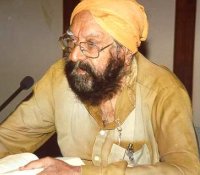Contents
- Nobel laureates
- Rulers
- Other Notable Misl Rulers
- Mughal Governors
- Military leaders
- Indian Armed Forces
- Military Gallantry Award winners
- British Indian Army
- Indian Armed Forces 2
- Business
- Artists
- Educators and scientists
- Historians
- Astronauts
- Punjabi Cinema
- Punjabi Actors
- Punjabi Actress
- Bollywood
- Families
- Individual artists
- Documentary filmmakers
- Directors
- Crossover directors and actors (Hollywood)
- History
- Folklore
- Religious and spiritual figures
- The Ten Gurus of Sikhism
- Sikh
- Related to Sikhism
- Radha Soami Satsang Beas
- Ahmidiyya Muslim Community
- Writers
- Punjabi, Hindi and Urdu
- English
- Journalists
- Tamil cinema
- Models
- Musicians
- Punjabi Folk and Classical Music
- Punjabi Pop and Hip Hop
- Bollywood 2
- Bhangra and other Punjabi people
- Revolutionaries and Freedom Fighters
- Politicians
- India 2
- Sportspersons
- Cricket
- Hockey
- Athletics
- Golf
- Wrestling
- Fighters
- Shooting
- Basketball
- See also
- References
This is a list of people from Punjab, India.









